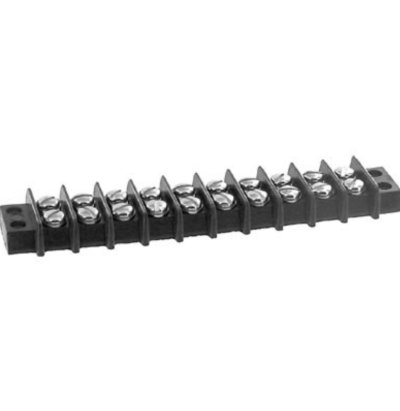BlueSky
Veteran Member
Hi All - I need a bit of advice please. While lowering my mast to install a new anchor light I managed to snap most of the wires running to my radar. It bound up right at the bottom next to the deck. ( I really hate admitting that I screwed this up).
I've cleaned everything up and I was about to start splicing them together when I started wondering if splicing was a bad idea.
There are a dozen or so wires ranging from thin telephone size to the power cable itself. It's the thin ones that bother me the most.
I was going to use crimped connections to put this back together. Is that the best way to do this?
I've cleaned everything up and I was about to start splicing them together when I started wondering if splicing was a bad idea.
There are a dozen or so wires ranging from thin telephone size to the power cable itself. It's the thin ones that bother me the most.
I was going to use crimped connections to put this back together. Is that the best way to do this?






